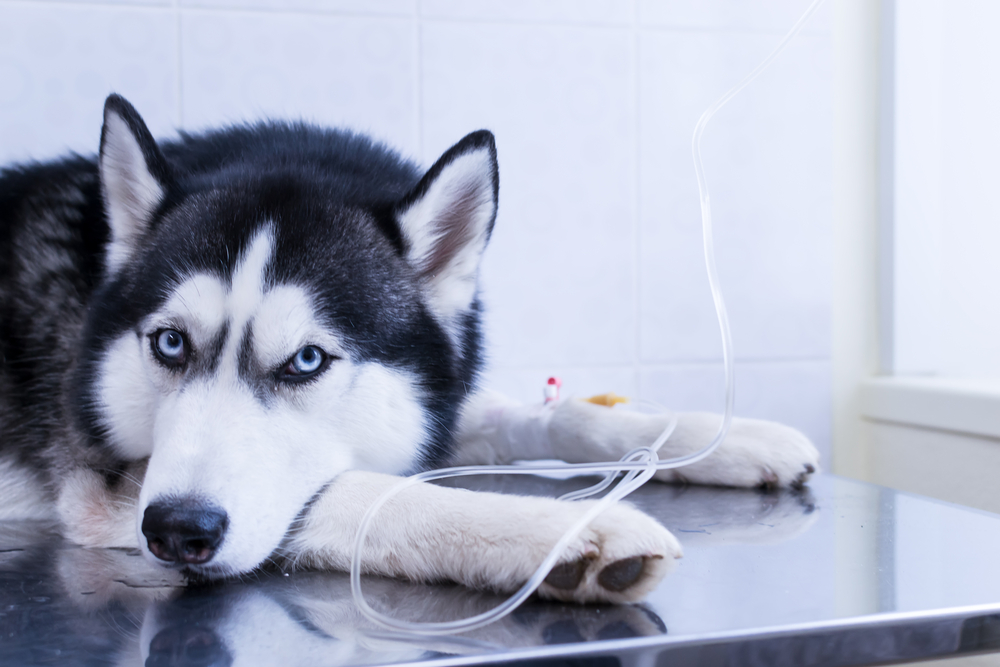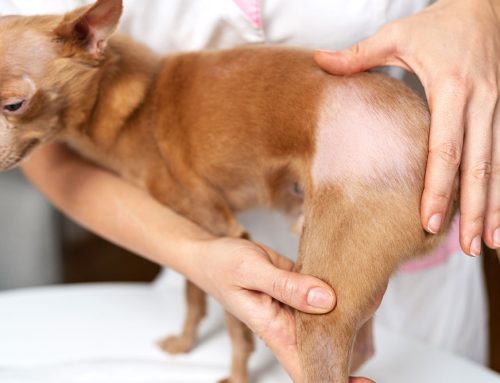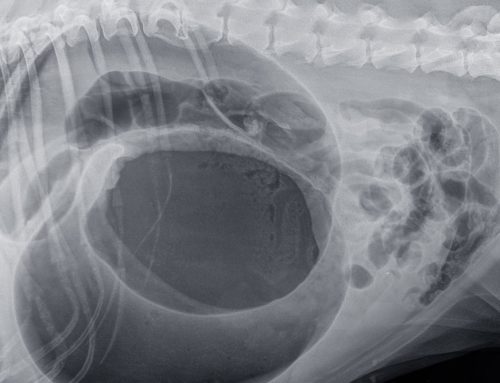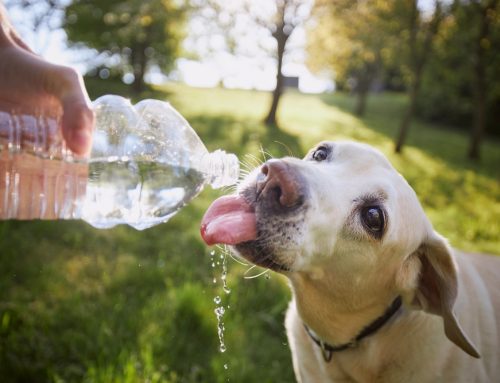People are becoming increasingly health conscious, and realizing the dangers of excess sugar in their diet. As a result, many people are switching to sugar-free products. Xylitol now is frequently used in these products as a sugar substitute, providing many benefits for humans. However, this ingredient is extremely dangerous for pets. Our team at Star of Texas Veterinary Hospital wants to provide information about this deadly toxin, to help you safeguard your pet.
What is xylitol?
Xylitol is a sugar alcohol that combines the traits of sugar molecules and alcohol molecules, allowing them to activate the taste receptors on your tongue for sweetness. Xylitol has a similar sweetness to regular sugar, but contains 40% fewer calories, so the ingredient is a great sugar alternative. Xylitol is found in many fruits and vegetables, but is mainly processed from corn fiber or birch trees. A sugar shortage during World War II led to the first xylitol use, and its popularity resurfaced in the 1970s, when its numerous health benefits were discovered.
- Low glycemic index — Regular sugar causes spikes in blood sugar and insulin levels, which can lead to insulin resistance and other metabolic problems. In contrast, xylitol has negligible effects on blood sugar and insulin. Xylitol has a glycemic index (GI), which measures how quickly a food raises blood sugar, of 7, whereas regular sugar has a GI of 60 to 70. Studies of rats who ate a fattening diet showed that xylitol can reduce diabetic symptoms, decrease belly fat, and prevent weight gain.
- Dental health — Xylitol helps prevent tooth decay. The oral bacteria most responsible for plaque (i.e., Streptococcus mutans) cannot use xylitol for fuel, nor ingest glucose once the bacteria have absorbed xylitol, causing the bacteria to die of starvation. Human studies have shown that replacing sugar with xylitol can reduce cavities and tooth decay by up to 85%. Xylitol is used as an ingredient in many dental hygiene products, such as toothpaste and mouthwash.
- Ear health — The mouth, nose, and ears are interconnected, meaning the bacteria that cause plaque in your mouth can also cause ear infections, which commonly affect children. A study performed in children with recurring ear infections demonstrated that daily use of xylitol-sweetened chewing gum reduced their infection rate by 40%.
Why is xylitol toxic to pets?
You may be wondering why xylitol is such a problem for pets, since the ingredient has so many advantages for humans. This is because pets metabolize xylitol differently. In humans, xylitol is metabolized similarly to sugar, without causing a comparable insulin release, but in pets, xylitol is rapidly absorbed from the gastrointestinal tract, and metabolized by the liver. Their pancreas has an exaggerated xylitol response, causing a dose-related insulin release, which can be six times greater than the release with a similar regular glucose dose. Such high levels of insulin can cause severe hypoglycemia, resulting in weakness, seizures, and possibly death. In addition, xylitol can lead to liver damage, although the mechanism of action is unclear. Signs of liver compromise can take 8 to 12 hours to manifest, and pets who experience this condition may not have an initial hypoglycemic episode. Pets who experience acute liver failure in response to xylitol toxicity have a poor prognosis for survival.
What should I do if my pet ingests xylitol?
If you know or suspect your pet has ingested xylitol, immediately contact Star of Texas Veterinary Hospital or Animal Poison Control, to determine your next steps. Our veterinary professional will want to know your pet’s breed, age, weight, the amount of xylitol your pet ingested, and the time the incident occurred. If possible, have the packaging at hand, so you can provide the ingredients and concentrations.
How is xylitol toxicity treated in pets?

Knowing how much xylitol your pet ingested is important when determining your pet’s risk. Pets who ingest more than 0.1 g/kg are at risk for hypoglycemia, and those who ingest more than 0.5 g/kg are at risk for acute liver failure. As long as your pet is alert, our veterinary team will likely induce vomiting, to remove as much of the xylitol-containing product as possible. We will also obtain a blood sugar reading and a baseline chemistry panel to evaluate your pet’s liver values. Treatment varies depending on the dose ingested.
- Hypoglycemia dose (> 0.1 g/kg) — Your pet will likely be hospitalized for 12 to 24 hours on intravenous fluids, and their blood sugar closely monitored. If hypoglycemia develops, dextrose supplementation will be started. Once your pet’s blood sugar levels remain stable, they can be discharged, but they will need continued monitoring at home.
- Liver damage dose (> 0.5 g/kg) — Your pet will be hospitalized, and sugar supplementation started, regardless of whether hypoglycemia is present, to hopefully prevent hypoglycemia and act as a liver protective agent. In addition, other liver protectant medications may be administered. If your pet’s liver values are elevated, we will evaluate their coagulation parameters, and start vitamin K therapy if these levels are abnormal. If your pet’s liver values remain normal for 24 hours, they can be discharged, but they will need follow-up blood work every 24 to 72 hours, to monitor for elevations in their liver values.
Xylitol toxicity is a concerning issue, but by keeping xylitol-containing products out of your pet’s reach, and by first checking the label of any product you offer them, you can safeguard your pet. If your pet does ingest xylitol, immediately contact our team at Star of Texas Veterinary Hospital, so we can intervene as soon as possible.






